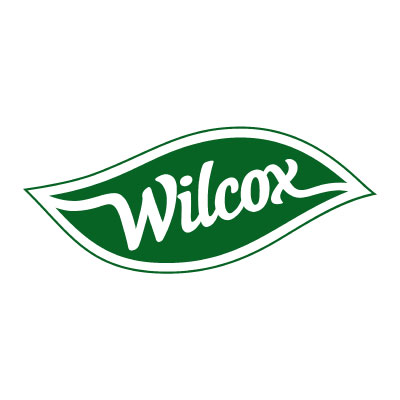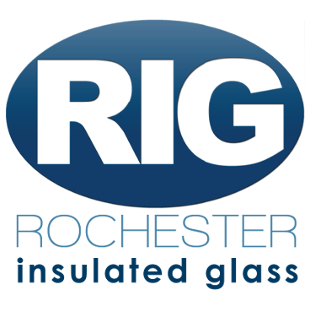Engineer III - Airframe Structural Analyst
Bell Helicopter - Fort Worth, Texas
Engineer III - Airframe Structural Analyst
The Airframe Structural Analyst investigates design factors such as function, materials, performance, interchangeability, weight and stress & strength requirements for Bell Helicopter’s Military and Commercial Programs. This position is based at Bell Helicopter’s Ft. Worth headquarters facility.
Position Responsibilities:
• Investigates design factors such as function, materials, performance, interchangeability, weight and stress & strength requirements.
• Performs diverse and complex product development, modification, and evaluation of components, by applying engineering principles.
• Applies scientific analysis and mathematical models to predict and measure the outcome and consequence of design, in terms of stress, strength, life, and alternatives.
• Oversees and monitors product acceptance procedures and parameters to achieve product reliability and safety standards (e.g. failure analysis).
• Utilizes and interprets predictive models to simulate and verify design concepts. Perform static analysis using industry standard calculations methods (i.e. Bruhn, Roark, and O.E.M. structures manuals)
• Contributes to the completion milestones associated with specific projects (e.g. create functional diagrams and system layouts; review detailed drawings and schematics; define data structure, interfaces and analyze material requirements
• Reviews airframe specifications and/or modifications to ensure clarity, completeness, form, fit, function, and conformity to standards and procedures.
• Troubleshoots design errors, omissions, and other deficiencies, and recommends revisions, engineering change orders, and improvements to engineering management or the project team.
• Methods include the use of CATIA V6 / CATIA V5 and a balance of classical hand calculations and FE tools to develop high performance airframe structures.
Education Requirements:
- Bachelor's Degree in Mechanical Engineering, Aerospace Engineering or equivalent discipline is required.
- Masters Degree is preferred.
Position Requirements:
- At least 5 years structural stress analysis experience including knowledge of structural mechanics.
- Experience with NASTRAN/PATRAN is required.
- Fatigue analysis experience is preferred.
- Excellent communication skills.
- Fatigue analysis preferred.
- Experience in Helicopter structural design is preferred, including composites
- Experience with CATIA V6 or CATIA V5 and Enovia LCA is preferred.



